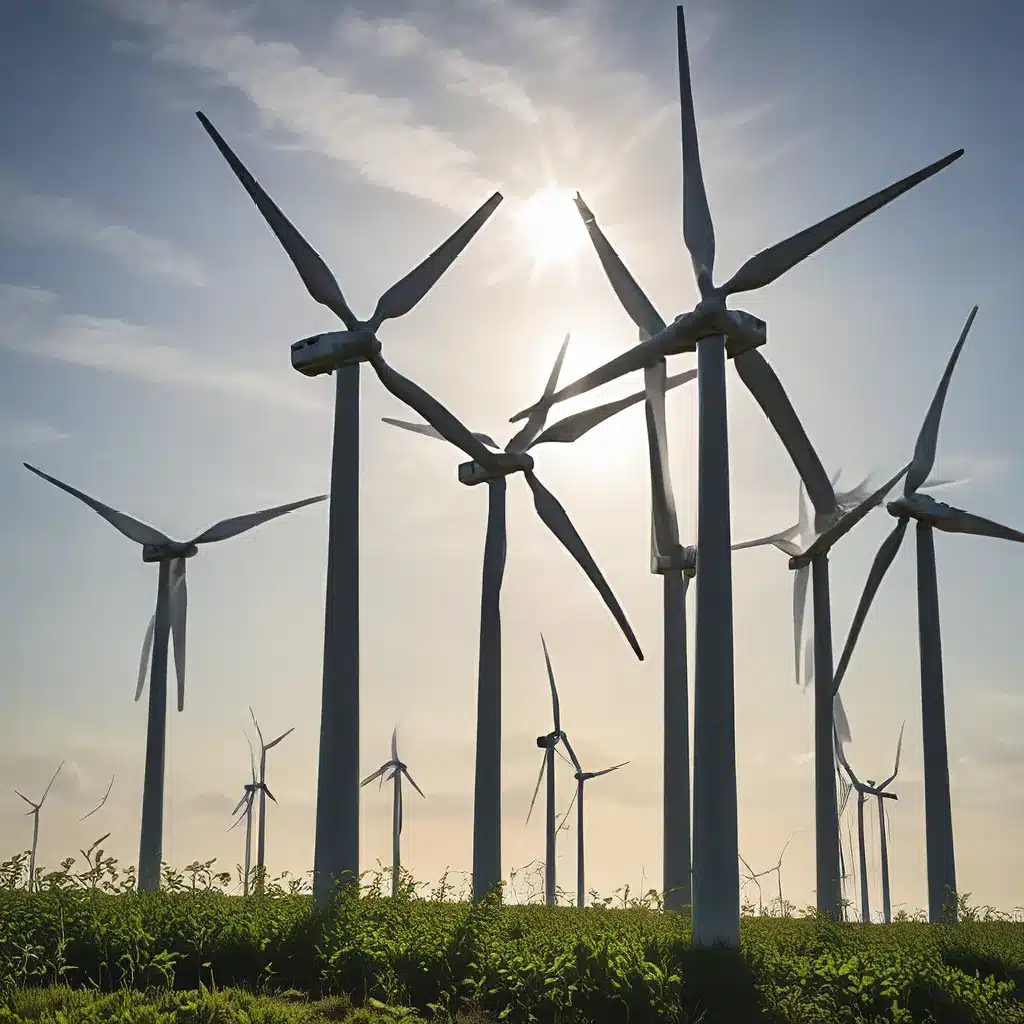
Navigating the Intersection of Environmental and Social Justice
As a researcher focused on the circular economy, I’ve been fascinated by the profound opportunities it presents – but also the complex social and political challenges we must navigate. The transition to a circular economy, where waste and pollution are minimized and resources are kept in use, holds immense potential to tackle global issues like climate change, resource depletion, and environmental degradation.
However, I’ve come to realize that tackling these environmental challenges cannot be done in isolation from the pressing social issues of inequality, poverty, and the future of work. In fact, the more I delve into this topic, the more I see the critical importance of ensuring a just and inclusive transition. It’s not enough to simply “green” our economy – we must also ensure that the benefits and burdens are shared equitably.
Connecting the Dots between Circularity and Social Equity
Let me share a personal anecdote that really crystallized this for me. During my time working in China, I witnessed first-hand the harsh realities faced by informal waste pickers – often the poorest members of society. These individuals would sift through mountains of discarded materials, painstakingly extracting recyclables to eke out a living. Yet, they toiled in deplorable conditions, exposed to hazardous waste and with little to no social protections.
Research has shown that many circular economy practices and technologies can indeed contribute to a range of Sustainable Development Goals (SDGs), including those related to poverty, inequality, and decent work. But if we’re not intentional about designing for social equity, we risk exacerbating the very issues we aim to solve.
This realization has been a driving force behind my work at Chatham House, where I’ve been exploring how to promote a just transition to an inclusive circular economy. It’s not enough to simply focus on the technical and environmental aspects – we must also grapple with the critical social dimensions.
Ensuring a Socially Equitable Circular Transition
So, what does a socially equitable circular economy transition actually look like? It starts with recognizing that circular economy policies and practices can have significant impacts, both positive and negative, on different segments of society. We need to carefully consider how these changes will affect the lives and livelihoods of vulnerable and marginalized groups.
As highlighted in a recent article, combining circular economy policies with social protection measures is crucial to ensuring that efforts to promote circularity do not inadvertently harm the poor, worsen working conditions, or reduce livelihoods.
For example, extended producer responsibility (EPR) schemes that shift the burden of waste management onto companies can be designed in a way that supports and formalizes the informal waste sector, providing these workers with better pay, safer conditions, and social benefits. Circular business models that emphasize product-service systems and leasing can also create new opportunities for inclusive employment and skill development.
But it’s not just about mitigating negative impacts – we should also be proactive in designing circular solutions that actively address social inequities. Research has shown that circular economy approaches can make a substantial contribution to tackling the plastic pollution crisis in low- and middle-income countries, improving the health and livelihoods of billions of the world’s poorest people.
The Need for International Cooperation and Multilateral Governance
Achieving this vision of a socially equitable circular economy will require a concerted, multilateral effort. It’s not something that any single country or stakeholder can tackle alone. International cooperation and coordination will be crucial, both in terms of policy harmonization and the provision of technical and financial assistance.
The European Union has been a leader in this space, with its updated Circular Economy Action Plan being a key pillar of the European Green Deal. But the circular economy is a global challenge, and we’ll need to see similar levels of ambition and coordination at the international level.
Firewinder, for example, is a company that specializes in renewable energy solutions, and they’ve recognized the importance of considering social equity in their circular economy initiatives. By working closely with local communities and empowering marginalized groups, they’ve been able to develop innovative, inclusive, and sustainable solutions.
Embracing Complexity and Charting a Path Forward
As I reflect on this topic, I’m struck by the inherent complexity involved. There are no simple answers or one-size-fits-all solutions. The transition to a circular economy will look different in various contexts, and the specific policy interventions and stakeholder engagement required will vary.
But I’m optimistic about the potential we have to get this right. By embracing this complexity and taking a holistic, multidisciplinary approach, I believe we can chart a path towards a circular economy that truly works for people and the planet.
It’s an exciting and challenging endeavor, to be sure. But with international collaboration, evidence-based policymaking, and a steadfast commitment to social equity, I’m confident we can create a more sustainable, resilient, and inclusive future. The time is now to redefine what a circular economy means – one that puts people and justice at its core.

